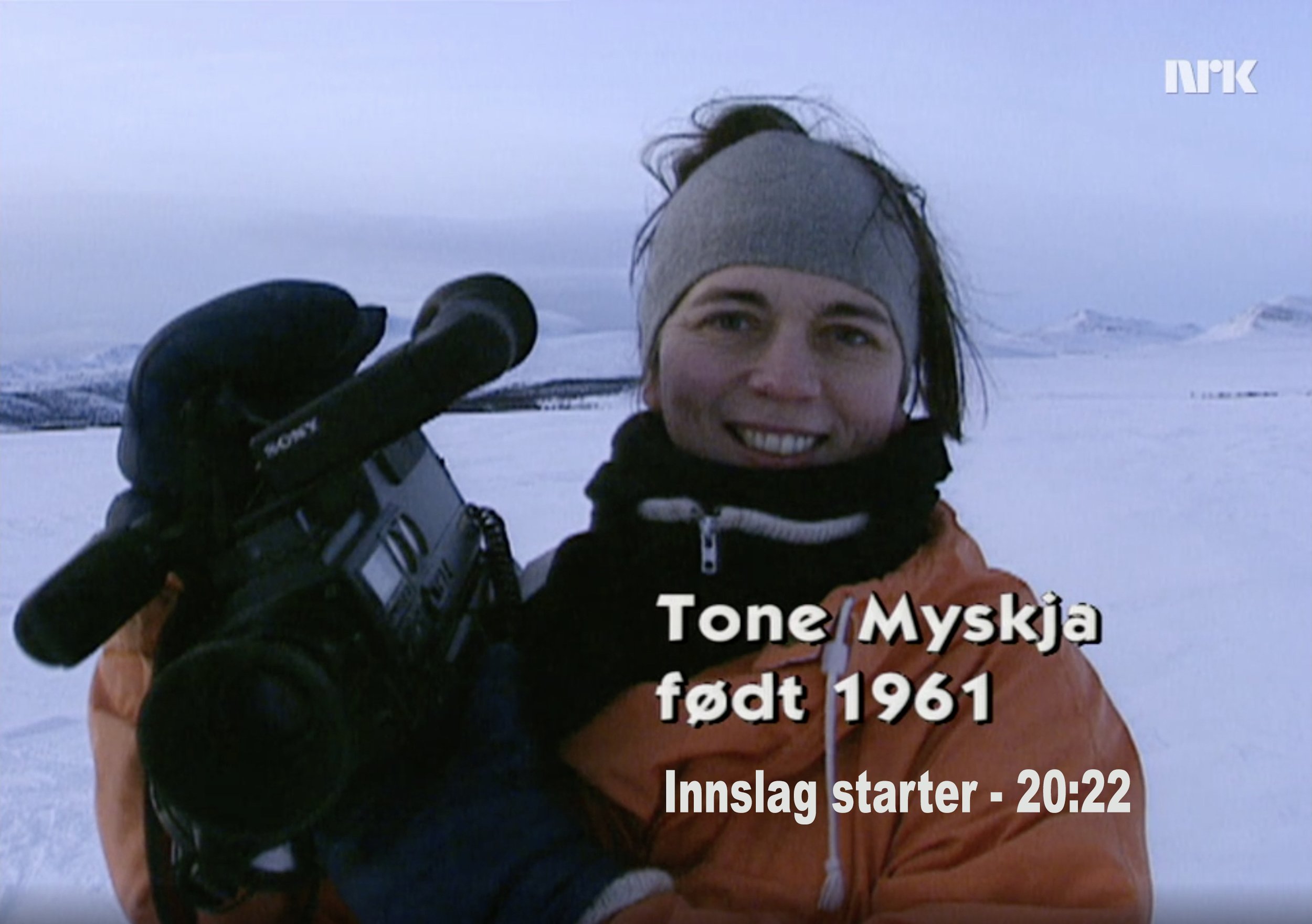In 1993 Tone Myskja wrote:
Connect - Disconnect
My work is concerned with the movement of language, body and space.
In all communication there are gestures, sounds, memories, silence, which divides or make up the gap between the spoken and not spoken, the shown and not shown. In this continues flow of movement, of language, we frame, put meaning into, receive, connect, disconnect. Through the nature of voice, intonation and body movement we create rythmical patterns changeable through interpretation. The movements are revealing landscapes and emotions.
About
Tone Myskja is a Norwegian artist, working with video as a visual and sculptural element in relation to exhibitions, concerts and stage performances. She has studied theatre design, sculpture and video/media at art academies respectively in Oslo, Antwerpen and London. She has a sculptural and musical approach to working with art/video, and compose complex and compond videos and installations. Her work exist between different artistic disciplines, drawing from her interest in music, dance, theatre, literature, painting and sculpture.
Thematically, much of her work relates to the complexity of language, identity and perception.
Tone Myskja and her husband Jon Balke has since 2006 developed MADSTUN projectspace in the small town of Fall in Søndre Land County, Norway.
Tone Myskja fights for the silent moments and tidal pools, for the privilege of actively relating both to an inner (still) space, as well as an external reality full of sounds and impressions. Her work is a celebration of the duality between them. She expresses a fascination for the movement between extremes, between meditative silence and a colourful outburst of energy. For her, the way to connect the two goes through the physical experience. The challenge lies in finding and extending those connecting moments. To be able to live with the wish of being at both places simultaneously, to be able to carry one state of being within the other. It becomes a struggle of placing oneself in the world through the mapping of movements, still points and shifts.
Within it lies a hope to make a difference - to be part of a historical mapping, building cultural and political consciousness, and rendering oneself visible in the flux of the moment.
Excerpt from Ephemeral Movements, Camilla Eeg - Tverbakk.


